For lo those many years, perhaps for millennia, mankind has been plagued with the paradox of which came first, the chicken or the egg. The philosophical conundrum of the ages. How many zillion nights of sleep have been lost pondering this mind-bending, earth-shaking dilemma since Plutarch first posed the question in his essay “The Symposiacs” written in the first century?
We shall never know, but at last we can sleep soundly with the knowledge that modern science has settled the question once and for all. We can now retire this old cliché and relegate it to medieval lore.
Or can we?

Wait a minute before you start! You still have to take sides, but the matter is now a rhetorical question; an intellectual disagreement about semantics. Think about it.
This cliché – Wikipedia calls it a metaphoric adjective – is used in situations where it is difficult or impossible to discern which of two events is the cause and which is the effect. All chickens hatch from eggs, but first a chicken needs to lay the eggs. Catch 22 (an alternate cliché for the same dilemma, albeit one of more recent origin).

THE ORIGINAL EARTH DWELLER
An Egg IS An Egg Is An Egg
Eggs came first. There is no question about that. Dinosaurs laid eggs millions of years before there was anything like a chicken. Fish laid eggs, primordial thingies that swam in the sea 500 million years ago laid eggs. None of them laid chicken eggs. An egg is merely a vessel completely surrounded by a membrane inside which an embryo can grow and develop until it is able to survive on its own. Comparison on hummingbird egg, Ostrich egg, and Elephant Bird egg
(extinct) at Western Foundation of Vertebrate Zoology, Los Angeles, CA
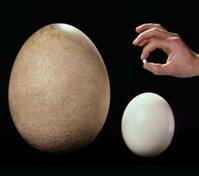
This important event opened a world of opportunities for laying eggs on land rather than in water and for larger eggs. Evolution was and running. Today’s mammals, reptiles and birds are all descendants of the first amniotes. Photo by Rabarberian Jan, 8, 2018
https://imgur.com/gallery/jh6mY
The Question Redefined
Which came first: the chicken or the chicken egg?
Ah, ha!. Now that’s a question worthy of the Greek philosophers like Plutarch and Aristotle. When the question is about any old egg, science can produce a lineal time line showing that eggs preceded any kind of bird including a chicken. However, when the question defines what kind of egg, the cause and effect becomes a circular no-win argument.
Hats Off To Darwin
Using the redefined question about chicken eggs specifically, the answer is still the egg. How we get to that answer is less straightforward than the “random egg” conundrum.
The first species of anything on earth would take place as the result of genetic mutations over a long period of time. Some sources claim modern birds, including our philosopher’s chicken, evolved from small, carnivorous dinosaurs. The first intermediate species between birds and therapods, such as Archaeopteryx, lived during the late Jurassic, and the true ancestor of birds probably arrived during the late Cretaceous.
https://bigthink.com/mind-brain/which-came-first-chicken-egg
Fast forwarding from the first hard-shelled egg to 370-312 million years ago, to 58,000 years ago, we find the ancestors – the proto-chickens – cavorting around somewhere between India, Indonesia, and China. The male proto-chicken does whatever a proto-chicken does to attract a female and the result produces genetic mutation in the DNA of the zygot (a fertilized ovum). Two proto-chickens mated and produced the very first chicken with genetic mutations that replicated themselves in cell of the now-chicken growing in the egg.
As Neil deGrasse Tyson put it, "Which came first: the chicken or the egg? The egg—laid by a bird that was not a chicken."
By Francesco Veronesi, Italy, IMG_5008, CC BY-SA 2.0 Photo source and photographer Cath Andrews
https://commons.wikimedia.org/w/index.php?curid=47310294 https://www.raising-happy-chickens.com/why-have-rooster.html
ARE WE DONE YET?
No, not quite. It’s complicated. Who knew there was so much to write about chickens. Well, after all, humans have been putting together arguments on both sides of the bed for 3,000 years.

The Pro-Egg supporters tout the scientific explanations above, but you haven’t heard the Pro-Chicken side.
A 2010 research study conducted by two British universities (Sheffield and Warwick) has identified a protein (OC-17) found in modern chickens which is produced in the hen in utero and causes formation of thickened calcium carbonate around the eggs.
The Daily Mail (UK) quotes Dr. Colin Freeman, from Sheffield’s Department of Engineering Materials as saying, “It had long been suspected that the egg came first but now we have the scientific proof that shows that in fact the chicken came first … The protein had been identified before and it was linked to egg formation but by examining it closely we have been able to see how it controls the process. … It's very interesting to find that different types of avian species seem to have a variation of the protein that does the same job.”
https://www.dailymail.co.uk/sciencetech/article-1294341/Chicken-really-DID-come-egg-say-scientists.html
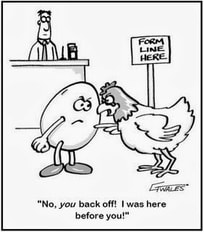
This argues that the first hen hatched from a non-reinforced egg and then produced this protein for the first time, would be the first chicken.
ISN’T THAT THE SAME AS EVOLUTION?
It’s clear the little (inconsequential) question of which came first has been answered by science. Evolution. But that really isn’t what the question is all about.
It’s also clear in the realm of quantum mechanics. According to Dr Jacqui Romero (a quantum physicist at the University of Queensland, Australia) that, in fact, both came first because “In quantum mechanics, cause-and-effect is not so straightforward as being one event leading to another.” Who knew?
The big question Plutarch (46 CE – 119 CE) was posing dealt with whether or not the world had a beginning or whether it had existed forever and the implications that accompany the idea. I’m not going there.
□
Sources:
https://en.wikipedia.org/wiki/Chicken_or_the_egg
https://www.thestructuralmadness.com/2014/02/chicken-or-egg-causality-dilemma.html
https://www.mnn.com/earth-matters/animals/stories/finally-answered-which-came-first-the-chicken-or-the-egg
https://youtu.be/1a8pI65emDE
https://www.science.org.au/curious/everything-else/which-came-first-chicken-or-egg
https://www.forbes.com/sites/quora/2018/01/31/which-came-first-the-chicken-or-the-egg-heres-the-official-scientific-answer/#4bde9f6e8ab8
https://bigthink.com/mind-brain/which-came-first-chicken-egg
https://futurism.com/which-came-first-the-chicken-or-the-egg
http://time.com/4475048/which-came-first-chicken-egg/
https://www.express.co.uk/news/science/1013880/chicken-or-egg-what-came-first-quantum-mechanics-physics-philosophy
https://science.howstuffworks.com/life/genetic/question85.htm
https://www.valuewalk.com/2018/09/chicken-or-egg-scientists-answer/
https://www.theperspective.com/debates/which-came-first-the-chicken-or-the-egg/
https://www.livescience.com/3072-eggs-chickens-scientists.html
https://papers.ssrn.com/sol3/papers.cfm?abstract_id=2562098
https://www.npr.org/sections/krulwich/2013/02/11/171706769/the-egg-makes-its-move-in-a-new-version-of-which-came-first-the-chicken-or-the-e
https://en.wikipedia.org/wiki/Red_junglefowl”
https://www.dailymail.co.uk/sciencetech/article-1294341/Chicken-really-DID-come-egg-say-scientists.html
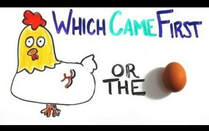


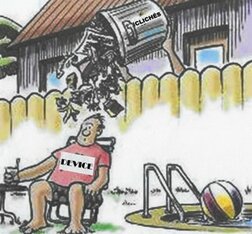



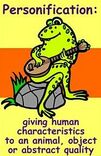
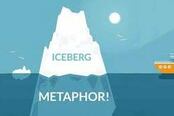


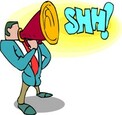


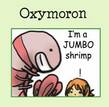

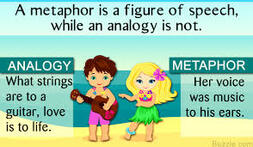

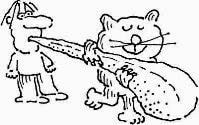
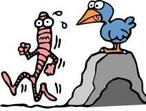
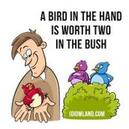





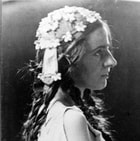
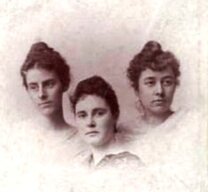
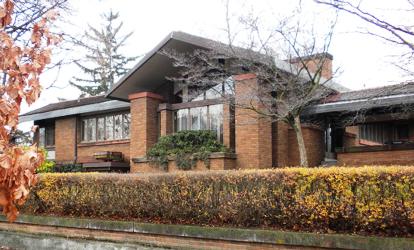
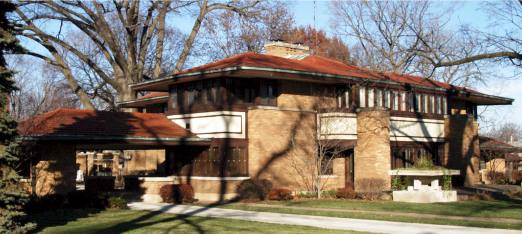
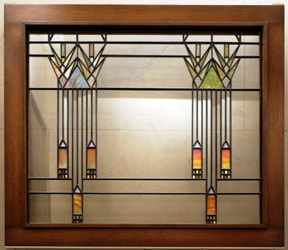

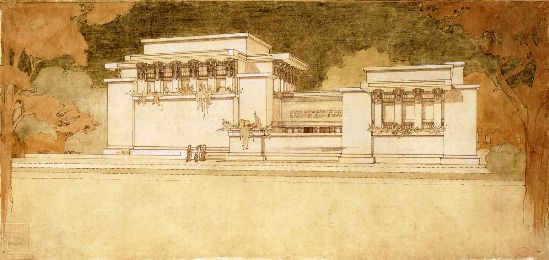

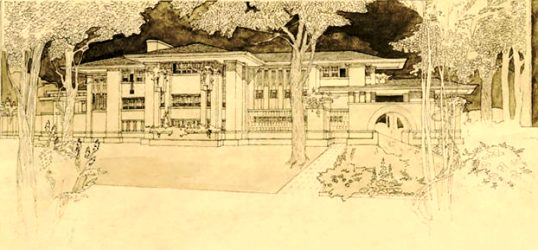
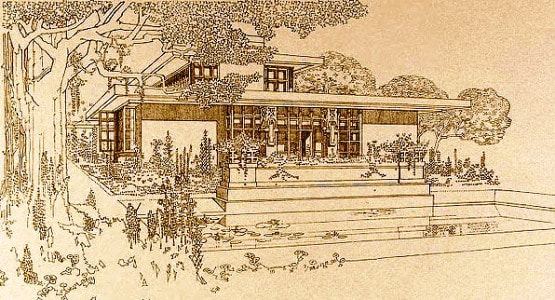

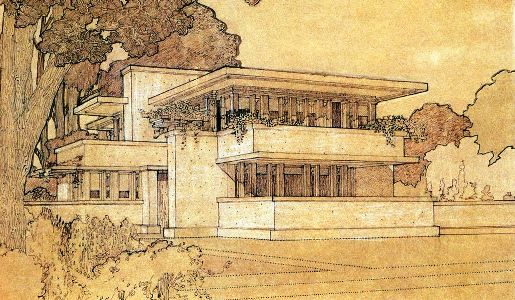

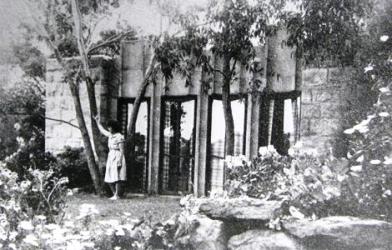



 RSS Feed
RSS Feed